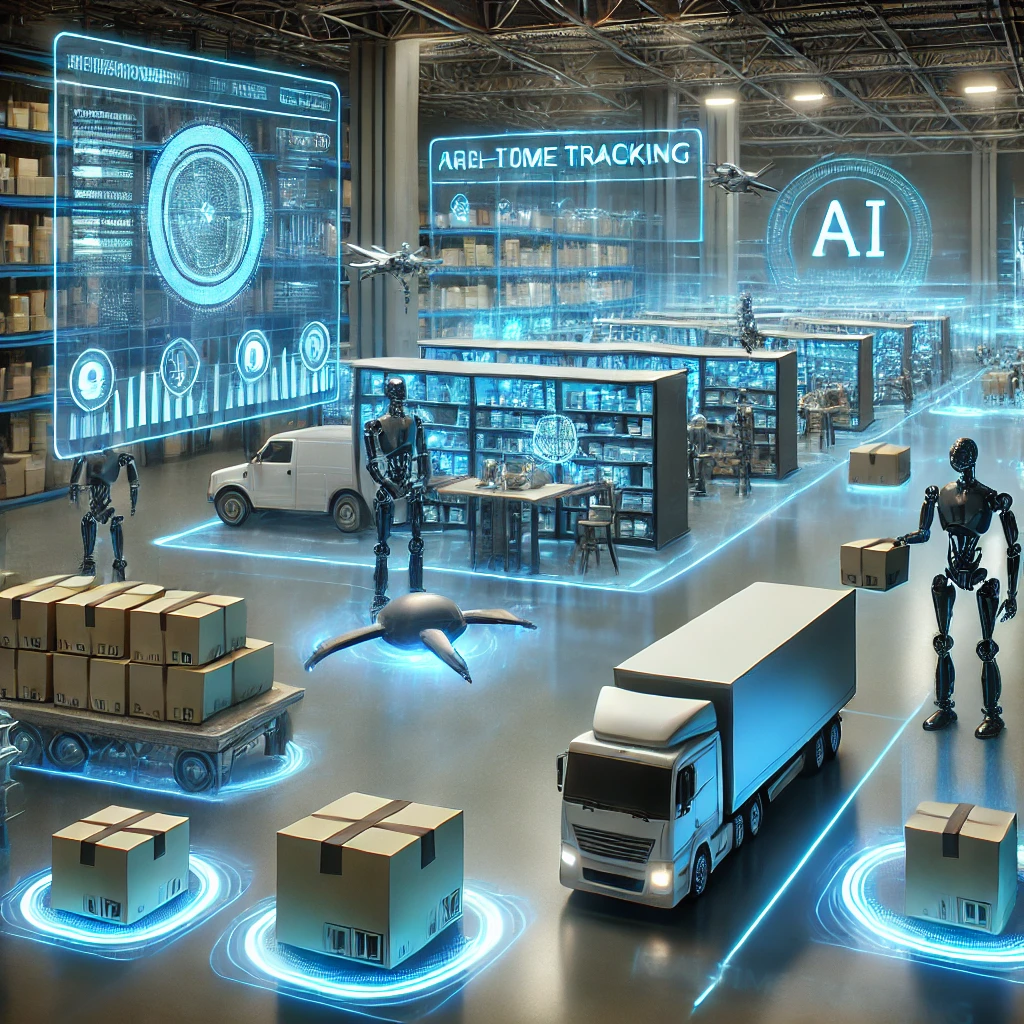Automation is causing a revolution in how companies handle logistics and supply chain tasks. From intelligent warehouses to delivery routes guided by AI, technology makes moving goods from point A to point B easier, quicker, and cheaper. But what does automation mean for logistics, and why does it matter so much? Let’s dive into the main advantages, technologies, and hurdles of this industry-altering shift.
Why Automation Is Crucial in Logistics
Automation isn’t just about swapping human workers for machines—it aims to boost productivity, precision, and client contentment. Here’s why it’s changing the game:
1. Speedier Operations
Picture a warehouse where robots grab and box orders in no time. Smart systems speed up jobs that used to take forever cutting wait times and getting stuff to buyers quicker.
2. Cost Savings
By needing fewer workers and finding better routes, companies can save cash on pay and gas. Smart tech also cuts down on pricey mistakes, like sending out the wrong stuff.
3. Enhanced Accuracy
Machines don’t get sleepy or lose focus. Smart stock tracking and order handling help make sure the right products are stored, picked, and sent out cutting down on human slip-ups.
4. Scalability
Whether it’s a holiday shopping frenzy or a sudden jump in orders smart systems can ramp up operations without hiring more people.
5. Better Customer Experience
Quick deliveries live tracking, and fewer errors result in more satisfied customers. Automation enables businesses to meet high customer expectations.
Key Technologies Driving Automation in Logistics
From warehouses to transportation various technologies are improving supply chains:
1. Warehouse Automation
- Robots & Drones: These clever machines sort, pick, and pack products cutting down on human labor needs.
- Automated Storage & Retrieval Systems (AS/RS): These systems store and retrieve products with little human input making the best use of warehouse space.
2. Transportation Automation
- AI-Powered Route Planning: AI finds the best routes, which saves fuel and time.
- Self-Driving Vehicles & Drones: Some companies test autonomous trucks and drones to make last-mile delivery better.
3. Order Processing & Inventory Management
- Real-Time Inventory Tracking: Automated systems keep an eye on stock levels and tell businesses when they need to restock.
- Smart Order Fulfillment: Robots pick and pack items, which makes the shipping process smoother.
AI & Robotics: The Future of Supply Chain Automation
AI and robotics have a significant impact on supply chains. They enhance decision-making and perform physical tasks. AI forecasts customer needs, identifies cost-effective routes, and boosts supply chain operations. Robots handle repetitive warehouse tasks. Together, they boost speed, accuracy, and productivity.
Real-World Examples of Automation in Logistics
Several top companies already benefit from automation:
- Amazon: Uses robots to transport products in warehouses quickening fulfillment.
- DHL: Uses AI for intelligent delivery routing reducing fuel costs and delivery times.
- FedEx: Explores drone deliveries to speed up and improve shipping in remote areas.
Challenges of Automation in Logistics
Despite its benefits, automation brings challenges:
1. Big Upfront Costs
Buying robots AI, and automated systems needs a lot of money at the start.
2. Fitting with Current Systems
Many companies find it hard to mix automation with their old-school logistics methods.
3. Effect on Jobs
As machines do more routine work, people worry about losing jobs in some areas. But automation also makes new jobs that need tech skills.
What’s Next
Automation has an impact on logistics and supply chains making them more productive and dependable. As tech keeps changing, companies that use automation will stay on top in the tough market. While there are problems, the good points far outweigh the bad ones leading to a smarter, quicker, and more lasting future to move goods around.
